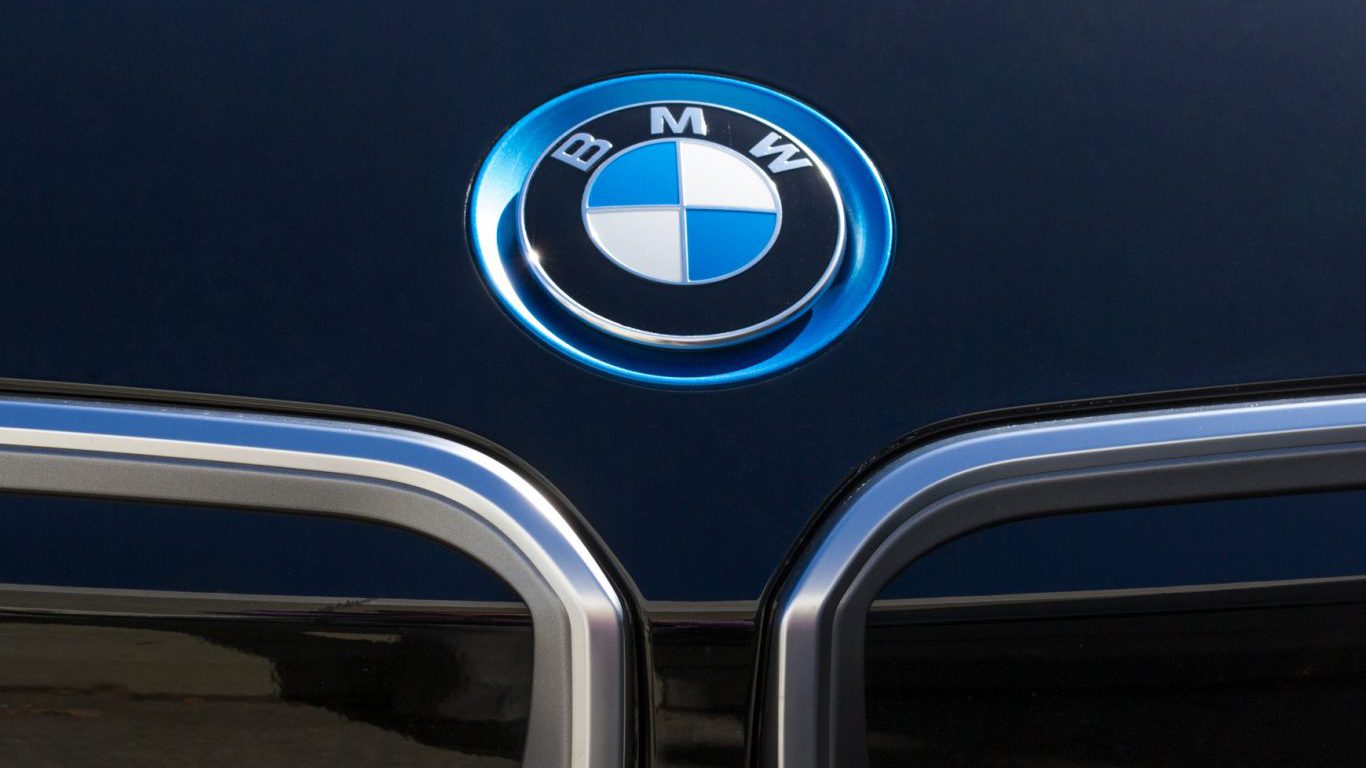Cars and Drivers
11 New Cars That Buyers Can't Wait to Get Rid Of

Published:
Last Updated:

On average, a new car buyer in the United States keeps the car for more than 11 years. It is rare for any buyer to turn around and sell that new car after just one year: only about 1.5% of new cars sold in the United States were sold within the first year of ownership.
Still, there are 11 models that buyers turn around and sell within that first year at double or more the average rate. More surprising, perhaps, is that luxury models from two German carmakers top the list and in all account for more than half of the 11 models.
Automotive research website iSeeCars analyzed 24 million individual new car sales, and counted how many of those cars were being resold as used within the first year of ownership. The top three were being dumped at four times or more the average rate of 1.5%.
The upside, of course, is that these cars can present significant bargains to buyers who don’t mind a used car. But more on that later.
Here are the 11 models their owners can’t wait to say goodbye to and the percentage of new cars resold as used within the first year after the initial sale:
Phong Ly, CEO of iSeeCars, explained what could be happening among the top luxury car makers:
While some might be surprised that these luxury brands top the list, these auto manufacturers offer their dealers incentives to buy new cars to use as loaner vehicles, which are then sold as used when they are still under a year old. This is a marketing strategy with a two-fold purpose. It puts brand-new models in the hands of current owners when they bring their cars in for service, increasing the likelihood that they will buy another car from that brand. In addition, it essentially increases the brand’s new car sales, which helps to give them the ability to claim the title of ‘top luxury brand’, something that BMW and Mercedes-Benz compete for every year.
Another reason for the quick flip on the luxury models is that buyers purchased versions with the lowest-trim level, something that owners quickly find defeats the status-symbol purpose of buying a luxury car in the first place.
Quality ratings for these cars may also be an issue. The five non-luxury cars on the list all received a 2016 initial quality rating from J.D. Power of average or worse. Even the luxury models don’t score very high, according to the report. Ly notes that often the average new car quality ratings are assigned by buyers who did not have their expectations met or who have had some problem using the new technology that comes with new cars.
Now that we’ve seen the problems, here are the discounts you might expect to find on the 11 models. We’ve listed them here in order of average percentage discount between the new and used prices with the first year of ownership.
The discounts on the Chrysler 200 and the Dodge Dart stand out largely because Fiat Chrysler has discontinued both models because both were slow sellers and not terribly competitive with other models in their segment of the auto market.
Methodology: iSeeCars analyzed over 24 million individual new car sales of model years 2015 to 2017 in calendar years 2015 and 2016. It identified, using each car’s vehicle identification number (VIN), whether the car was then relisted between four months and a year of its sell date on the used car market and then sold. New cars with more than 500 miles and used cars with fewer than 4,000 miles were excluded from further analysis. Models with fewer than 50,000 new car sales were also excluded from the analysis. The number of cars relisted as used was then expressed as a percentage of the number of new car sales.
Retirement planning doesn’t have to feel overwhelming. The key is finding professional guidance—and we’ve made it easier than ever for you to connect with the right financial advisor for your unique needs.
Here’s how it works:
1️ Answer a Few Simple Questions
Tell us a bit about your goals and preferences—it only takes a few minutes!
2️ Get Your Top Advisor Matches
This tool matches you with qualified advisors who specialize in helping people like you achieve financial success.
3️ Choose Your Best Fit
Review their profiles, schedule an introductory meeting, and select the advisor who feels right for you.
Why wait? Start building the retirement you’ve always dreamed of. Click here to get started today!
Thank you for reading! Have some feedback for us?
Contact the 24/7 Wall St. editorial team.